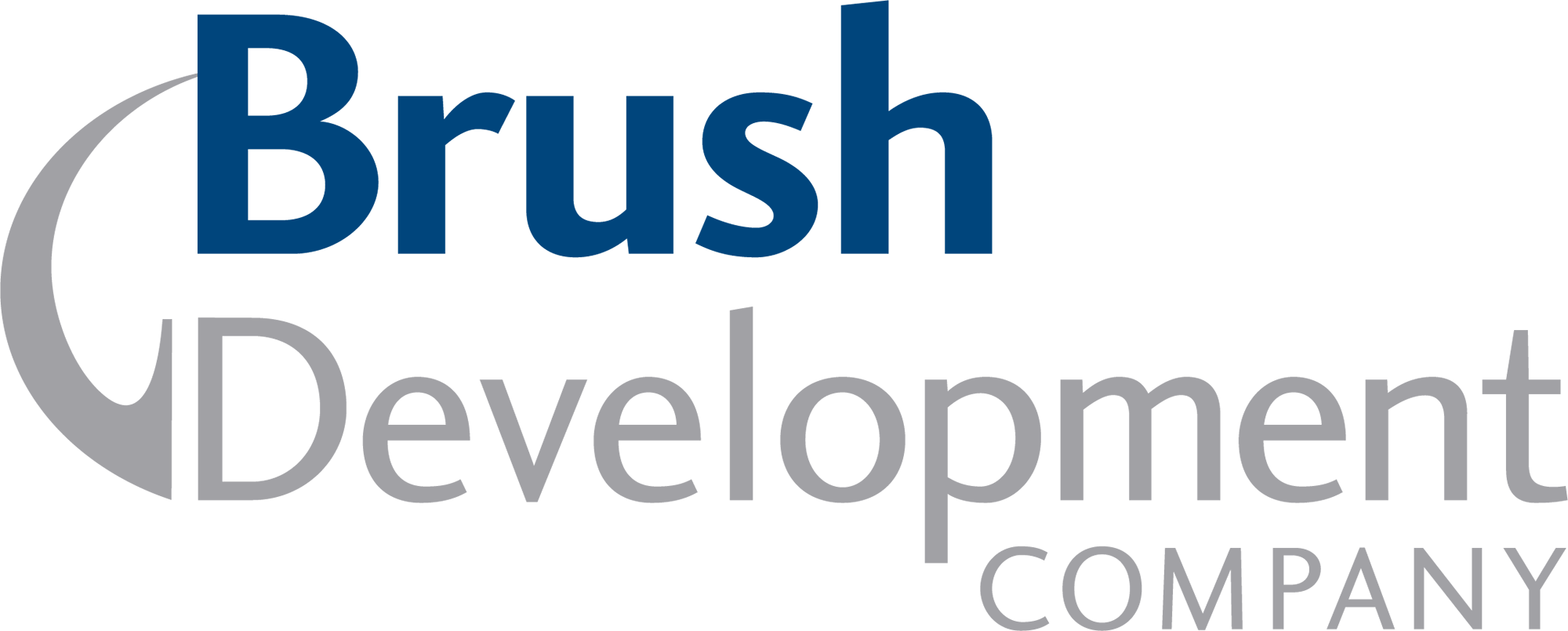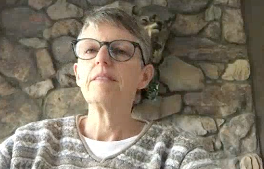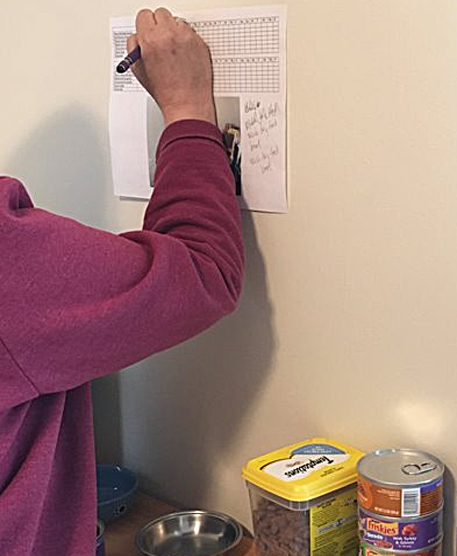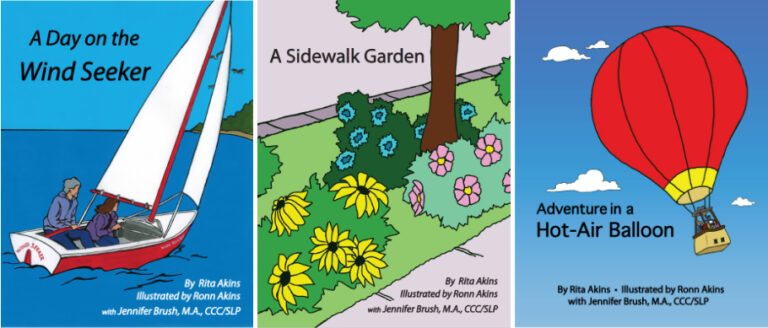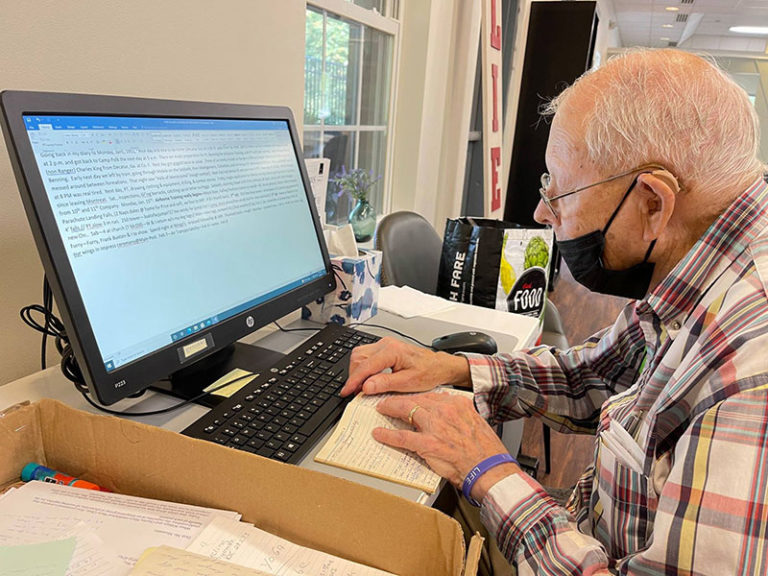Practitioner Symposium Spotlight: Elder Award Nominee – Kathy Werner
Kathy Werner enrolled in the Montessori Practitioner's Certificate course because of her strong desire to learn Montessori in a hands-on way. Kathy has eleven years of experience as a trainer working with adults with intellectual and physical disabilities and 20 years working as a physical therapist assistant.
One of Kathy’s case studies was with a woman still living at home, we’ll call “Bea”. Bea was 63 years old and in the early stages of dementia. She worked two part-time jobs and lived alone. She had no family or other outside support.
Kathy visited Bea in her home and observed that it was cluttered and disorganized. Bea explained that she was beginning to lose the ability to manage details of her work and home life, which was starting to cause her great anxiety. Bea said she saw “no hope for an independent future.”
Kathy set a goal to empower Bea to live and thrive independently through Montessori.
Kathy and Bea identified key areas of struggle:
- Managing mail, paying bills, and filing tax documents
- Keeping up with emails and other correspondence related to her job
- Feeding her cat
Kathy and Bea worked in collaboration to create activity pods – areas designated for specific tasks. To create these pods, Kathy first observed Bea completing each task several times. She wrote step-by-step instructions for each task based on these observations. (Each set of instructions went through at least four iterations before being finalized.) Next, Kathy created a checklist and visual aids based on the step-by-step instructions for the task.
Kathy then set up a dedicated activity pod for each task. Each work space was organized and uncluttered. No unrelated materials or activities were allowed in the activity pod. Kathy took a photo of activity pod and posted it in the work area so that Bea could maintain the set up independently.
Kathy kept the following in mind while designing each activity pod:
- Maximizing priming
- Decreasing opportunities for error
- Maximizing procedural memory
- Decreasing opportunities for distraction
- Accommodating Bea’s natural rhythms for doing the task
Cat Feeding Station
In the past, Bea had trouble remembering whether she had fed her cat. Sometime food sat out for days until it spoiled and she often forgot to change the cat’s water. In the cat feeding pod, Kathy organized all of the materials needed (moving those not needed) and took a picture of the space. She created a checklist with all the steps for feeding the cat. She made sure the steps in the process were the same at each feeding, so that Bea could build procedural memory around cat feeding.
The results? Bea reports that she is now successful with the daily requirements of feeding her cat. There is no more spoiled food or empty water dishes.

Bill Paying Station
Bea was struggling to keep her mail organized and often discovered that she had forgotten to pay her bills. Kathy created pod for organizing mail and paying bills. She created a simple spreadsheet for tracking monthly bills and created a reminder system for Bea. Kathy wrote step by step instructions for the bill paying and paper filing process.
The results? Bea reports that she is able to take care of mail and correspondence a timely manner. Since using the new systems, she has had no late bills and her credit score has increased by 50 points! She also says that her tax records are organized, and she will have easy access to them for the end of the year filing. Bea says that her anxiety and overwhelm related to bills and taxes have decreased significantly.
Work from Home Station
Bea was having difficulty remembering and organizing incoming information during phone conversations. Kathy did some role plays with Bea to understand the difficulties she was having. Then Kathy developed charts for quick and easy recording of information during calls. Together, Kathy and Bea also developed a script for leaving messages.
The result? Bea said, “I am certain I could never have sustained my employment without the Montessori work we did.” She is now able to manage areas of her job with the aids she and Kathy created together. And because of the collaborative experience of working through the process, Bea continues to refine her system independently.

Neurographic Art
Finally, Bea expressed an interest in learning to draw to help lower her stress levels. But because Bea also found learning new skills stressful, Kathy introduced Bea to Neurographic Art. This therapeutic art form is freeform and organic, in which a person creates loose loops and spirals and then colors in the shapes that are formed. Bea enjoys the meditative aspect of the artwork and now practices on a daily basis.
Overall Outcome
Bea wrote, “It has made a huge difference in so many ways. It is easier to keep track of feeding and caring for my cat. Beyond that, since the kitchen is less overwhelming to me, I have also started preparing simple cooked meals instead of eating out of boxes or processed frozen foods all the time. I feel like I’m eating much healthier. I’m also washing dishes instead of letting them sit in the sink for days at a time. I feel like I have so much more control in this part of my life, and I have hope for the first time in my ability to manage my memory decline for much longer.”
Kathy says the keys to her success with Bea were collaboration and good communication. She took the time needed to fully understand Bea’s goals, needs, and concerns. She built trust and there was mutual respect. And because Bea was eager to be an active participant in finding solutions for her challenges, their work was truly collaborative.
Kathy writes, “Montessori is limited only by our imagination and vision. We have yet to tap into the full potential of Montessori and how it can empower those who struggle with memory and other impairments to live a life where they can thrive.”
